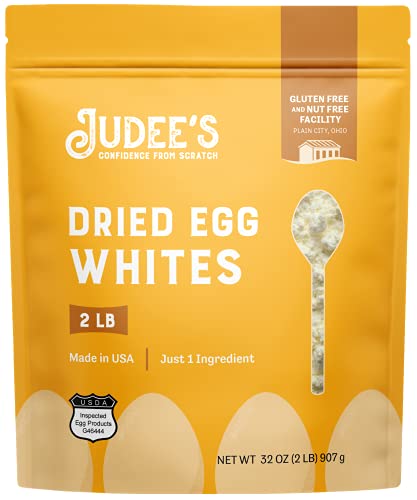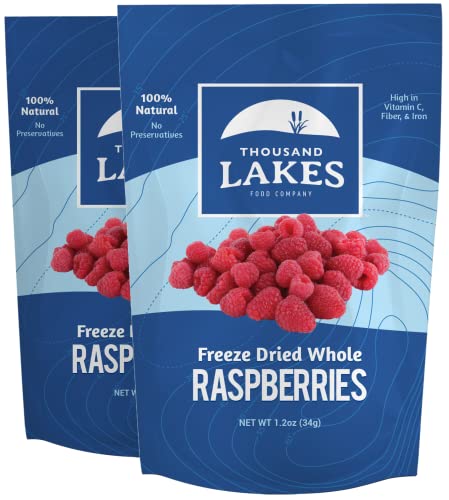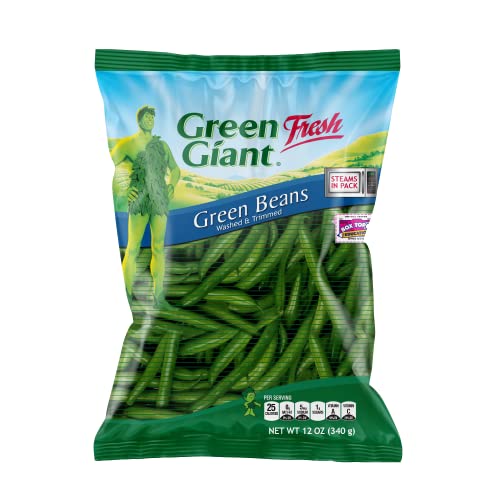“Fat-free”, “Low Sugar”, “Zero Calories”...
But, are they really?
When you’re shopping at the grocery store, you are practically bombarded by products with several appealing claims. This product has zero sugar…..this product has low fat…this product can reduce your chance of heart disease…this product can make your eyes change color….(okay, I made that last one up).
Is there any real truth to these claims? How can a company claim its product works and that it can improve your health?
Navigating the world of these expressions may sound scary, but never fear! We will serve as a guide (a FoodGuide if you will), to help you determine fact from fiction in the realm of food claims.
Let’s start here- there are four types of food claims:
#1- Nutrient Content Claims (NCCs):
Nutrient Content Claims (NCCs) describe the level of a certain nutrient in a product. These usually use terms such as “free”, “high”, and/or “low”. NCCs can also compare the level of a nutrient in a food to that of another food using the terms “more”, “reduced”, and “light/lite” to do so.
Example: A “calorie-free” product actually contains less than five calories.
#2- Health Claims:
Health Claims describe a relationship between a food item and the reduced risk of a disease or health-related condition. The Food and Drug Administration (FDA) uses guidelines from two laws (The 1990 Nutrition Labeling and Education Act and the 1997 Food and Drug Administration Modernization Act) to determine which health claims can be featured on a food label.
Example: “A healthy diet rich in vegetables and fruit may help reduce the risk of some types of cancer."
#3- Qualified Health Claims:
Qualified Health Claims are used when there is new evidence for a relationship between a food item and reduced risk of disease but the evidence isn’t quite established enough to meet the standards provided by the FDA.
Example: "Scientific evidence suggests but does not prove, that whole grains as part of a low saturated fat, low cholesterol diet, may reduce the risk of diabetes mellitus type 2."
#4- Structure Function Claims:
Structure Function Claims describe the role of a nutrient or dietary ingredient that affects or maintains the normal structure or function of the human body.
Example: “Calcium builds strong bones.”
So, what should you do if you encounter food and supplement claims?
- Don’t get tricked. Don’t fall for food and supplement claims without doing your research.
- Look closely at the wording on the labels.
- Read the claim carefully.
Now that you have this knowledge, you can traverse the world of food claims knowing you won’t fall for falsehoods. Good luck!
Want more information? Check these out:
The 1990 Nutrition Labeling and Education Act
The 1997 Food and Drug Administration Modernization Act
- Food and Drug Administration. (2022). Label claims for conventional foods and dietary supplements, Food Labeling & Nutrition.
- Food and Drug Administration. (2017). Questions and answers on health claims in food labeling, Food Labeling and Nutrition.
- Home & Garden Information Center. (2021). Nutrient claims on food labels, Clemson Cooperative Extension.
- UnlockFood. (2019). Decoding the nutrition label: Health claims and nutrient content claims. Nutrition Labelling,




















Comments
Join The Conversation...